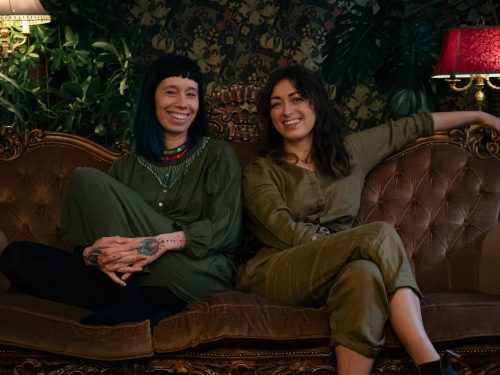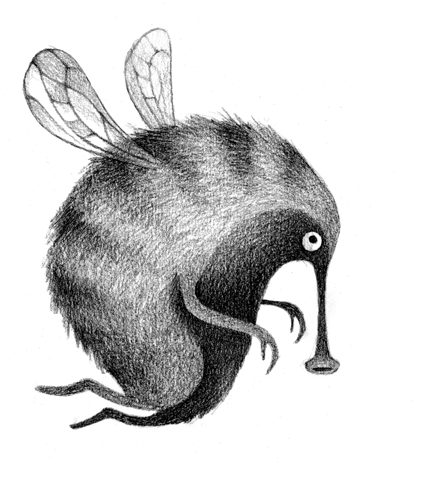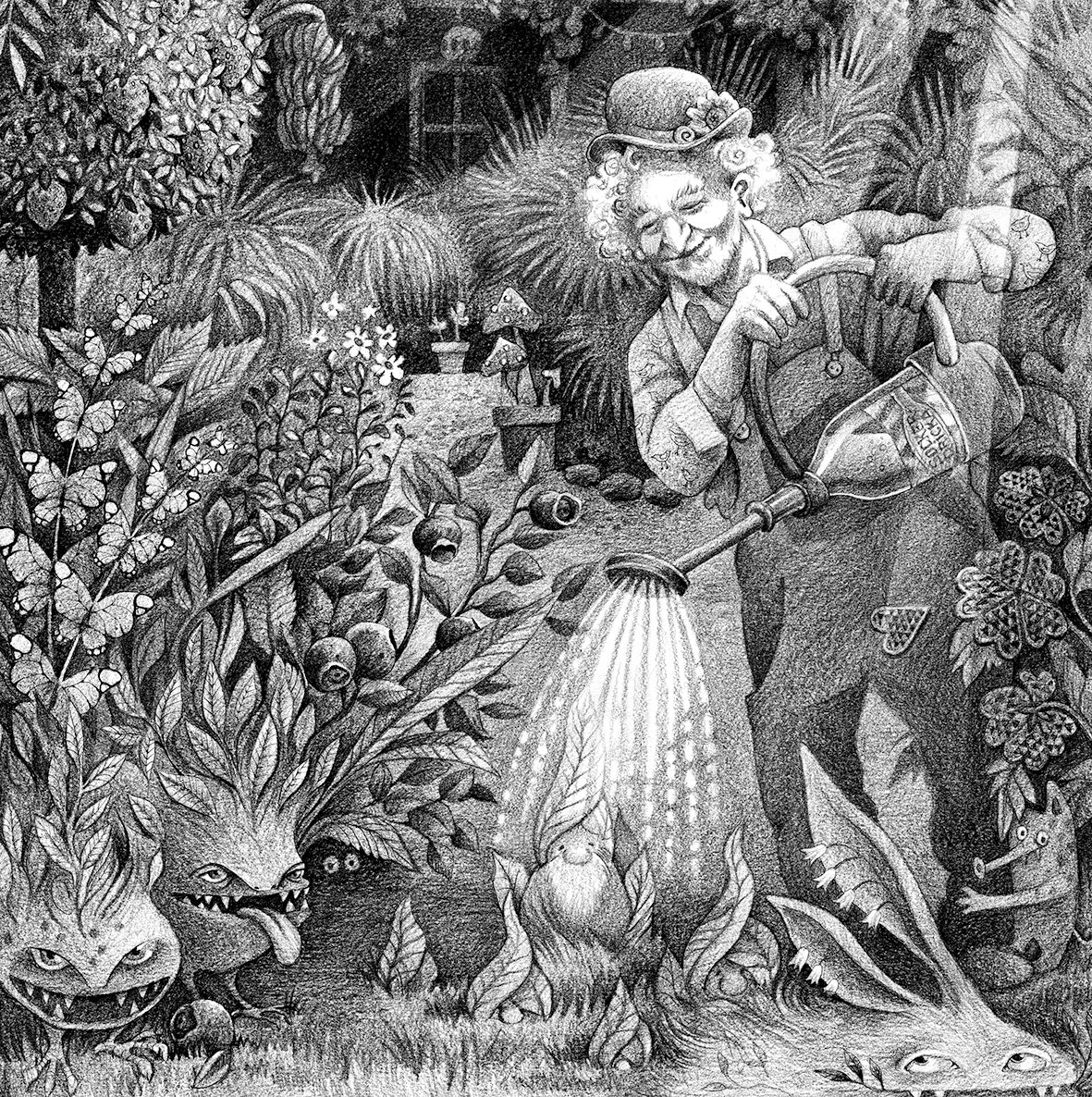

Photo © Mikael Morueta Holme
Sofia Chanfreau, author of Giraffe Island, hails from Åland in the Finnish archipelago and now lives in Malmö, Sweden. Giraffe Island is her first book, winner of the Finlandia Junior Prize, nominated for the Nordic Council Children and Young People’s Literature Prize, and translated into 14 languages.
What is at the heart of Giraffe Island, as a book?
At the book’s heart, as in other hearts, you find love. Love for story, for the characters, for writing. At the heart you find fresh water, to water your garden with. You find me and many little references to my family, my home town, my culture, my way of thinking and talking that it borders on…narcissism? Madness? Or is that just what it is like to be a writer? At the heart of Giraffe Island is a piece of my heart, and just like every other person who wrote a book, I am still getting used to the fact that it’s now free for anyone to see.
What is the significance of islands for you?
I grew up on an island, so the thought of having water to each side of me gives me the feeling of home. Of course, being a teenager it wasn’t always ideal; you had to travel for hours over the ocean just to get to a decent clothing store, and ferries got cancelled in stormy weather. I felt stuck, longing to get out into the world. Now I’m older, I feel the opposite. However claustrophobic it might be to be “stuck” on an island, if you turn it around: isn’t it more claustrophobic to be “stuck” with only land around you?
What sort of childhood did you have? Is that reflected in the story?
Unlike my protagonist Vega, I grew up in a big family, where imagination and creativity were celebrated. I am the youngest of three sisters, and we were all encouraged to explore arts and music. Our mother is an artist, has a vivid imagination and a wide emotional range, something I guess I—and Vega—inherited! Our father is more logically inclined but deeply nostalgic and definitely the father of the rooftop eyebrows.
Are you a gardener?
I am, thank you for asking! I knew someone would recognize my knowledge of plants. The liquorice fern is my specialty.
Nelson’s Interesting Facts form the structure of the book—what sort of facts do you find interesting?
I find interesting everything that Nelson finds interesting! When you think about it, isn’t absolutely everything peculiar and marvellous? I am fascinated by nature documentaries and can spend an entire party talking excitedly to strangers about how long ago moss alone covered the earth (40 million years!). I am nerdy about other stuff too, like music and technology and languages. I just love how Nelson finds the fantastic in the small things—down to every little grain of sand on the beach, every dustbunny under the bed, every drop of water on a frog’s skin. He helps me remember to think about every fact as an amazing one.
Relationships and observation—of people, the sea, gardens, garages—seem at the heart of Giraffe Island. What is key to being a good observer?
Don’t look for interesting facts, just look. And then write down the most interesting things in your notebook—or maybe write down everything, because who can choose?
What is the relationship between illustration and story—how did you and Amanda work together?
Story came first, then illustrations, then story again in a rewrite, then illustrations—and I think we did that a few more times! This has been a shared project for quite a few years. For each rewrite, Amanda got more and more involved in the story, and we ended up more or less planning out the final version together. The illustrations never caused any worries—of course Amanda knows what the Muffinmobile looks like! She would sometimes ask me questions like “is this what Janna looks like?” but mostly we didn’t really need to discuss the style, because we shared the vision. Because we are sisters, or good friends, or just similar in our artistry—we don’t know, but it works!
Do you identify with a particular character?
If anything, I identify with Vega, at least as I remember my younger self. I think Amanda identifies with the frudbimble.
Amanda Chanfreau, illustrator of Giraffe Island, is an illustrator and tattoo artist whose visual world is inspired by time spent living in Mexico. Born in Åland in the Finnish archipelago, she now lives in Malmö, Sweden.
Do you use the same illustration technique in drawing as when you tattoo?
To draw on paper and tattoo on skin are two completely different crafts, so I can’t say it’s a similar technique. But I like to use non-erasable pencils like wax markers and ink while working on paper. Somehow it gives me a sense of familiarity, and I feel more creative working without being able to erase.
How is your childhood reflected in the illustrations?
We grew up on a small island, and many places in the book are inspired by real places from our hometown. The natural world of our island is the same, and our maternal grandfather is also the inspiration for Hector. But it was also just a lot of imagination.
Did you grow up with imaginary animals?
My mum always had a vivid imagination and loved to fill our home with small animals and funny decorations, and also talk to them like they were real. I think me and my sisters inherited this childish and playful way of looking at the world, and this translates into our artistic creations. I never literally saw imaginary animals like Vega does in Giraffe Island but they have still somehow always existed.
Did Sofia describe the animals in the book for you, or did you imagine them? 
I imagined them based on the names Sofia had invented. Sometimes I also designed a creature that Sofia named afterwards.
Giraffe Island | Available August 2024 from all good bookstores
An original mystery adventure, coloured by magical realism, about a girl whose world is peopled with animals no one else can see, with a mystery, a circus and family at its heart.


